Home>diy>Building & Construction>What Is Facing In Construction
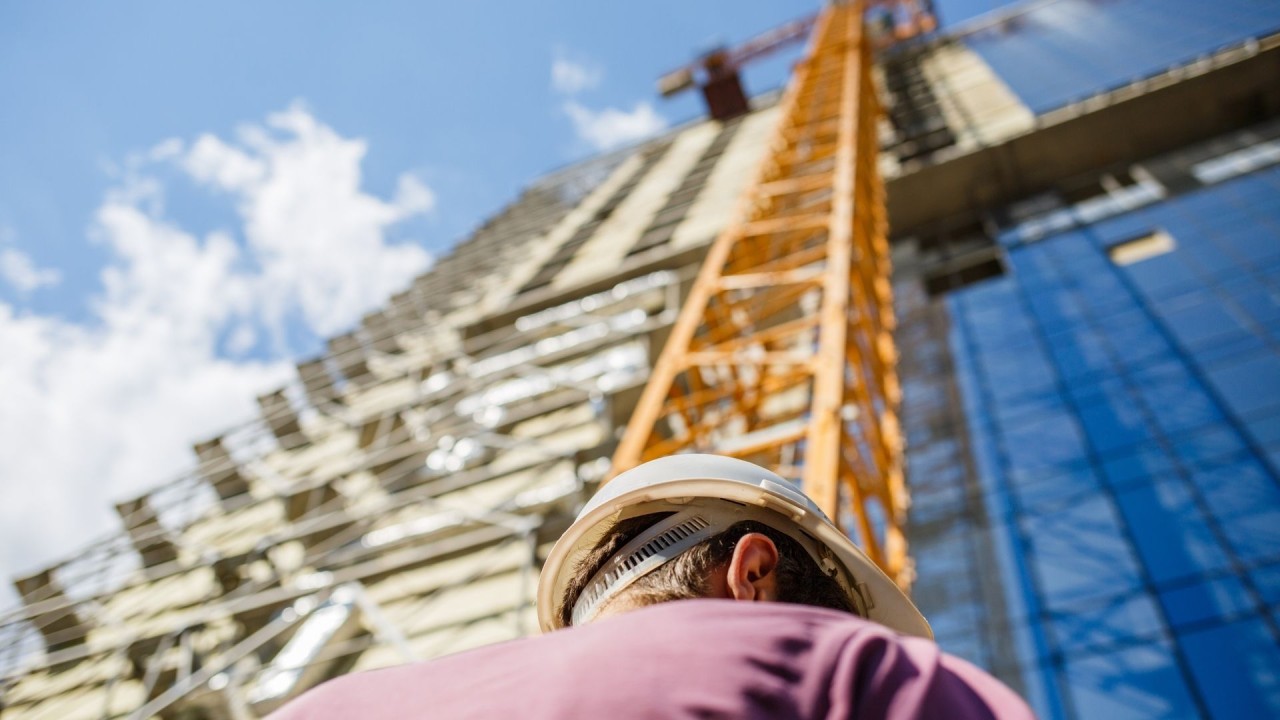

Building & Construction
What Is Facing In Construction
Modified: December 7, 2023
Learn about the concept of facing in building construction, its importance, and the various materials used, ensuring a durable and aesthetically pleasing exterior.
(Many of the links in this article redirect to a specific reviewed product. Your purchase of these products through affiliate links helps to generate commission for Storables.com, at no extra cost. Learn more)
Introduction
Welcome to the fascinating world of construction! In this article, we will delve into the concept of facing in construction, exploring its definition, types of materials used, importance, installation process, common challenges, and maintenance.
When it comes to construction, facing plays a crucial role in enhancing the aesthetics, durability, and functionality of a building. Whether it’s a residential property, commercial complex, or public infrastructure, the choice of facing materials can significantly impact the overall appearance and longevity of the structure.
Throughout history, architects and builders have used various techniques and materials to create visually appealing facades. From naturally occurring stones to modern synthetic materials, the range of facing options is vast, allowing for creativity and customization.
In this article, we will dive into the world of facing in construction, exploring its significance, different materials used, installation process, common challenges faced, and how to maintain and care for facing materials to ensure their longevity.
So, let us embark on this journey to discover the fascinating world of facing in construction!
Key Takeaways:
- Facing materials in construction are crucial for enhancing aesthetics, protecting against weathering, improving energy efficiency, and adding market value to buildings. Careful selection, installation, and maintenance are essential for long-term success.
- The choice of facing materials, their installation process, and maintenance strategies are vital considerations in construction. From classic options like brick to modern choices like glass, each material offers unique benefits and challenges.
Read more: What Is Facing Brick
Definition of Facing in Construction
In the realm of construction, facing refers to the materials applied to the exterior surface of a building to enhance its appearance, protect it from weathering, and provide insulation. It is the external layer that gives a building its distinctive visual appeal.
Facing materials are chosen based on their durability, aesthetic properties, maintenance requirements, and the desired architectural style. The selected facing material is attached to the structural frame of the building, forming a protective barrier between the interior and the external environment.
Facing can be categorized into two main types: load-bearing and non-load-bearing. Load-bearing facing materials are designed to bear the structural load of the building and are typically made of materials such as bricks, stones, or concrete panels. Non-load-bearing facing materials, on the other hand, are applied purely for decorative purposes and do not contribute to the structural integrity of the building. Common non-load-bearing materials include glass panels, metal sheets, and cladding systems.
The choice of facing materials is influenced by factors such as climate conditions, building codes and regulations, cost, maintenance requirements, and the desired architectural style. Architects and designers carefully consider the aesthetic impact of facing materials, as they can greatly influence the visual identity of a structure.
Ultimately, the primary purpose of facing in construction is to create an attractive and durable exterior that complements the overall design of the building while providing protection against external elements.
Types of Facing Materials
There is a vast array of facing materials available in the construction industry, each with its own unique properties and aesthetic appeal. The choice of facing material depends on factors such as climate, architectural style, budget, and maintenance requirements. Here are some commonly used types of facing materials:
- Brick: Bricks are one of the oldest and most traditional facing materials. They are known for their durability, fire resistance, and timeless appeal. Bricks offer a wide range of colors, textures, and patterns, allowing for creative and unique designs. They require minimal maintenance and can withstand harsh weather conditions.
- Stone: Stone facades provide a classic and sophisticated look to buildings. Natural stones such as granite, limestone, and sandstone are popular choices. Stone facing offers excellent durability, resistance to weathering, and a distinctive aesthetic. However, they can be more expensive than other materials and may require additional structural support.
- Concrete: Concrete panels are a versatile and cost-effective option for facing. They can be precast or cast on-site, offering flexibility in design. Concrete facades can mimic the appearance of natural stone or have a sleek and modern look. They provide durability, low maintenance, and good insulation properties.
- Metal Panels: Metal panels, such as aluminum or steel, are commonly used for contemporary architectural designs. They can be prefinished or customized with various colors and finishes. Metal facades offer a sleek and modern appearance, durability, and low maintenance. They can also provide excellent thermal performance when combined with appropriate insulation systems.
- Glass: Glass facades are popular for their transparency, allowing natural light to flood into buildings. They can create a sense of openness and connectivity with the surrounding environment. Glass facades can be framed or frameless and offer versatility in architectural design. However, they require regular cleaning and may pose challenges in terms of insulation.
- Cladding Systems: Cladding systems combine different materials, such as metal, stone, or composite panels, to create visually striking facades. These systems offer a wide range of design options, providing flexibility in achieving desired aesthetics. Cladding systems are durable, easy to install, and can improve the energy efficiency of buildings.
These are just a few examples of the many facing materials available in construction. Each material has its own strengths and characteristics, allowing architects and builders to create unique and visually appealing facades that meet the needs and preferences of the client.
Importance of Facing in Construction
Facing materials play a crucial role in the construction industry, providing both functional and aesthetic benefits to buildings. Here are some key reasons why facing is important in construction:
- Aesthetic Appeal: Facing materials have a significant impact on the visual appearance of a building. The choice of facing material and its design can help create a unique architectural identity, enhance the overall aesthetics, and contribute to the surrounding environment. Whether it’s a modern, sleek facade or a traditional, rustic appearance, facing materials set the tone and style of the structure.
- Protection from Weathering: Facing materials act as a protective barrier against harsh environmental elements. They shield the building from rain, wind, sunlight, and temperature fluctuations, preventing moisture ingress, structural damage, and deterioration. Properly installed and maintained facing materials extend the lifespan of the building and reduce the need for frequent repairs and replacements.
- Insulation and Energy Efficiency: Facing materials can contribute to the thermal performance of a building. By incorporating insulation materials and techniques, facades can help regulate interior temperature, reduce energy consumption, and improve comfort for occupants. This is especially important in areas with extreme climates where energy efficiency is a top priority.
- Structural Stability: Load-bearing facing materials, such as brick or stone, provide structural integrity and support to the building. They distribute the weight and stress evenly across the structure, ensuring stability and durability. The combination of load-bearing and non-load-bearing facing materials creates a harmonious balance between structural strength and design flexibility.
- Environmental Sustainability: Choosing eco-friendly facing materials can contribute to sustainable construction practices. Materials such as recycled glass, reclaimed wood, and sustainable composites reduce the environmental impact and promote resource conservation. Additionally, energy-efficient facades can reduce the carbon footprint of a building by minimizing energy consumption.
- Enhanced Market Value: Buildings with well-designed and visually appealing facades have higher market value and attract more potential buyers or tenants. Aesthetically pleasing exteriors create a positive first impression and can differentiate a property from others in the market. Investing in quality facing materials can be a worthwhile long-term investment that adds value to the building.
Overall, the importance of facing in construction cannot be overstated. It provides not only protection and functional benefits but also contributes to the architectural beauty and overall value of the building. By carefully selecting and implementing facing materials, architects, builders, and property owners can create structures that are both visually captivating and structurally sound.
Factors to Consider in Choosing Facing Materials
Choosing the right facing material for a construction project is a decision that involves careful consideration of several key factors. The selection process should take into account various aspects to ensure the chosen material meets the requirements and goals of the project. Here are some important factors to consider when choosing facing materials:
- Aesthetic Compatibility: The facing material should be chosen based on its compatibility with the architectural style and design intent of the building. It should align with the desired visual appearance and create a cohesive and appealing facade.
- Durability and Longevity: Facing materials must withstand the local climate conditions, including temperature variations, moisture levels, and exposure to UV radiation. They should be resistant to fading, cracking, and degradation over time, ensuring the longevity of the facade.
- Maintenance Requirements: Consider the maintenance needs of the chosen facing material. Some materials require regular cleaning, sealing, or refinishing to maintain their appearance and performance. Assess the cost and effort involved in maintaining the material over its lifespan.
- Cost-effectiveness: Evaluate the cost of the facing material, including the material itself, installation, and additional support structures if needed. Consider the long-term value and benefits it offers in terms of durability, energy efficiency, and market appeal.
- Sustainability: Consider the environmental impact of the facing material. Opt for materials that are sourced ethically, have a low carbon footprint, are recyclable, or made from recycled content. Sustainable facing materials contribute to green building practices and minimize environmental harm.
- Technical Considerations: Evaluate the technical aspects of the facing material, such as its weight, thickness, compatibility with insulation and other building components, and ease of installation. Ensure the material can be properly integrated into the overall building system.
- Local Regulations and Building Codes: Familiarize yourself with local regulations and building codes that may dictate the allowed materials, fire resistance ratings, and architectural guidelines in your area. Ensure the chosen facing material complies with these requirements.
- Availability and Lead Time: Consider the availability and lead time of the facing material. Some materials may have longer lead times or limited availability, which can impact the project schedule and overall timeline.
By carefully considering these factors, you can make an informed decision when choosing facing materials for your construction project. It is important to strike a balance between aesthetics, performance, cost-effectiveness, and sustainability to ensure the selected material meets the unique requirements and objectives of the project.
When facing in construction, ensure that the surface is clean and free of any debris before applying the facing material. This will help to ensure a smooth and even finish.
Read more: What Is Face Frame Cabinet
Installation Process of Facing in Construction
The installation process of facing materials is a critical stage in construction that requires careful planning, precision, and expertise. The following outlines the general steps involved in the installation process:
- Surface Preparation: The surface where the facing material will be applied needs to be properly prepared. This involves cleaning, leveling, and ensuring a solid and even substrate. Any loose debris, dirt, or contaminants should be removed to ensure proper adhesion of the facing material.
- Layout and Marking: Before installation, proper layout and marking need to be done to guide the placement of the facing material. This ensures accurate positioning and alignment, especially for materials that require specific patterns or designs.
- Application of Adhesive: The chosen adhesive or mortar is applied to both the facing material and the prepared surface. The adhesive is carefully spread to create a uniform layer that will provide a strong bond between the facing material and the substrate. The type of adhesive used depends on the specific facing material and the substrate it is being applied to.
- Placement of Facing Material: The facing material is then placed onto the adhesive-covered surface, ensuring a secure fit and alignment with the marked layout. It is important to apply sufficient pressure to ensure proper adhesion and to remove any air pockets or gaps between the material and the substrate.
- Fixing and Anchoring: Depending on the type of facing material being installed, additional fixing or anchoring methods may be employed. This can include the use of screws, brackets, clips, or other fastening mechanisms to secure the facing material in place. These fixing methods provide added stability and support, particularly for non-load-bearing materials.
- Finishing and Joint Treatment: After the facing material is securely installed, any visible joints or gaps between adjacent pieces are carefully treated and finished. This can involve using mortar, sealants, or other appropriate materials to create a seamless and visually appealing appearance.
- Cleaning and Protection: Once the installation is complete, the facing material is cleaned to remove any excess adhesive, mortar, or debris. Protective measures, such as using sealants or coatings, may be applied to enhance the durability and longevity of the facing material.
It is important to note that the specific installation process may vary depending on the type of facing material, the design complexity, and the manufacturer’s guidelines. Engaging experienced contractors or professionals with expertise in facing installation is recommended to ensure a high-quality and successful outcome.
Common Challenges and Solutions in Facing Installation
While facing installation can greatly enhance the aesthetic appeal and functionality of a building, it is not without its challenges. Here are some common challenges that may arise during the facing installation process, along with potential solutions:
- Uneven Substrate: An uneven or poorly prepared substrate can make it difficult to achieve proper adhesion and alignment of the facing material. Solution: Prior to installation, ensure the substrate is properly leveled, cleaned, and primed to create a smooth and even surface.
- Moisture and Water Intrusion: Poorly installed facing materials can allow water ingress, leading to moisture damage and structural issues. Solution: Use appropriate waterproofing measures, such as sealants and membranes, to prevent water penetration. Ensure proper flashing and drainage systems are in place to channel water away from the facing material.
- Adhesive Failure: Inadequate adhesive selection or improper application can result in unstable facing material that may come loose or detach over time. Solution: Use adhesives recommended by the manufacturer and follow the correct application guidelines. Ensure proper surface preparation and allow sufficient curing time for the adhesive to bond effectively.
- Cracking or Breaking: Some facing materials, such as ceramic tiles or glass, may be prone to cracking or breaking during installation due to mishandling or improper installation techniques. Solution: Handle fragile materials with care and follow the manufacturer’s guidelines for handling, cutting, and installing. Use appropriate tools and techniques to minimize the risk of damage.
- Alignment and Symmetry: Achieving precise alignment and symmetry, especially in intricate designs or patterns, can be a challenge. Solution: Carefully plan and mark the layout before installation to ensure accurate alignment. Use spacers or templates as needed to maintain consistent spacing and symmetry.
- Thermal Expansion and Contraction: Weather conditions and temperature variations can cause facing materials to expand or contract, potentially leading to cracks or deformations. Solution: Choose materials with appropriate thermal characteristics and consider expansion joints or flexible joint systems to accommodate thermal movement. Follow proper installation guidelines to allow for proper material expansion and contraction.
- Inadequate Support or Fixing: Load-bearing facing materials require proper support and fixing mechanisms to ensure stability and structural integrity. Solution: Use appropriate structural supports, such as brackets, anchors, or reinforcement, as recommended by the engineer or manufacturer. Ensure adequate fixing methods are employed to withstand the load and forces applied to the facing material.
- Maintenance and Cleaning: Some facing materials may require regular cleaning, maintenance, or refinishing to keep them looking their best. Solution: Provide clear guidelines and recommendations to building owners or users regarding proper maintenance practices and cleaning methods. Use appropriate sealants or coatings to protect the facing material and simplify maintenance.
Addressing and overcoming these challenges requires careful planning, proper execution, and adherence to industry best practices. Consulting with experts in facing installation, following manufacturer’s guidelines, and staying updated on industry advancements can help mitigate these challenges and ensure a successful and durable facing installation.
Maintenance and Upkeep of Facing Materials
Maintaining and caring for facing materials is essential to ensure their longevity, performance, and aesthetic appeal. Regular maintenance and proper upkeep will help preserve the integrity of the facing materials and extend their lifespan. Here are some key considerations for maintaining and caring for facing materials:
- Cleaning: Regular cleaning is necessary to remove dirt, dust, and other debris that can accumulate on the facing materials. The cleaning process and frequency will depend on the specific material and environmental conditions. Follow the manufacturer’s guidelines for recommended cleaning methods and products to avoid potential damage.
- Inspections: Conduct periodic inspections to identify any signs of damage, cracks, or deterioration. Inspect the facing materials for signs of water intrusion, discoloration, or other issues that may require attention. Promptly address any identified problems to prevent further damage.
- Sealing and Coating: Some facing materials may benefit from sealing or coating applications to enhance their durability and protection against stains, moisture, and UV damage. Consult with professionals to determine if sealing or coating is suitable for your specific facing material and follow proper application guidelines.
- Repairs: In the event of damage or deterioration, it is important to promptly address repairs. Small cracks, chips, or loose pieces should be repaired to prevent further damage and maintain the integrity of the facing material. Consult with professionals to ensure proper repair techniques and materials are used.
- Weatherproofing: Ensure facing materials are adequately weatherproofed to protect against the elements. This may involve reinforcing seals around windows, doors, and joints to prevent water penetration. Regularly inspect weatherproofing measures and address any issues to maintain the integrity of the facing materials.
- Preventing Biological Growth: Some facing materials, especially those in humid or damp environments, may be susceptible to biological growth such as mold, algae, or moss. Regular cleaning, proper ventilation, and use of anti-fungal treatments can help prevent and manage biological growth on facing materials.
- Protective Measures: Take measures to protect facing materials during construction or renovation activities. Cover the facing materials to prevent scratches, spills, or damage from construction debris. Implement proper safety measures to avoid accidental damage during maintenance or repair work.
- Consulting Professionals: When in doubt or facing complex maintenance challenges, it is advisable to consult with professionals or specialists with expertise in the specific facing material. They can provide guidance on proper maintenance techniques, recommend suitable cleaning products, and offer solutions for specific maintenance issues.
By implementing a proactive maintenance plan and adhering to these best practices, you can ensure that facing materials remain in optimal condition, maintain their aesthetic appeal, and contribute to the long-term durability and value of the building.
Conclusion
Facing materials play a vital role in the world of construction, enhancing the appearance, durability, and functionality of buildings. Whether it’s a residential home, commercial complex, or public infrastructure, the right choice of facing material can make a lasting impression and contribute to the overall success of the project. Throughout this article, we have explored the definition of facing in construction, the different types of facing materials, the importance of facing, factors to consider when choosing materials, the installation process, common challenges, and maintenance strategies.
From classic choices like brick and natural stone to modern options like glass and metal panels, there is a wide variety of facing materials available to suit different architectural styles and project requirements. The selection process involves considering factors such as aesthetics, durability, cost, maintenance, and sustainability.
The installation process requires careful planning, attention to detail, and adherence to industry best practices to ensure a successful outcome. Common challenges such as uneven substrates, moisture intrusion, adhesive failure, and thermal expansion must be addressed effectively to achieve a long-lasting and visually pleasing result.
Once the facing materials are installed, regular maintenance and proper upkeep are crucial to preserving their appearance and performance. Cleaning, inspections, repairs, weatherproofing, and protective measures should be undertaken to prevent damage, maintain structural integrity, and extend the lifespan of the facing materials.
In conclusion, facing materials are an integral part of construction, providing both functional and aesthetic benefits. They add beauty, protect buildings from weathering, enhance energy efficiency, and contribute to the overall value of the structure. By carefully selecting, installing, and maintaining facing materials, architects, builders, and property owners can create buildings that are both visually captivating and structurally sound, ensuring a positive lasting impact.
Frequently Asked Questions about What Is Facing In Construction
Was this page helpful?
At Storables.com, we guarantee accurate and reliable information. Our content, validated by Expert Board Contributors, is crafted following stringent Editorial Policies. We're committed to providing you with well-researched, expert-backed insights for all your informational needs.


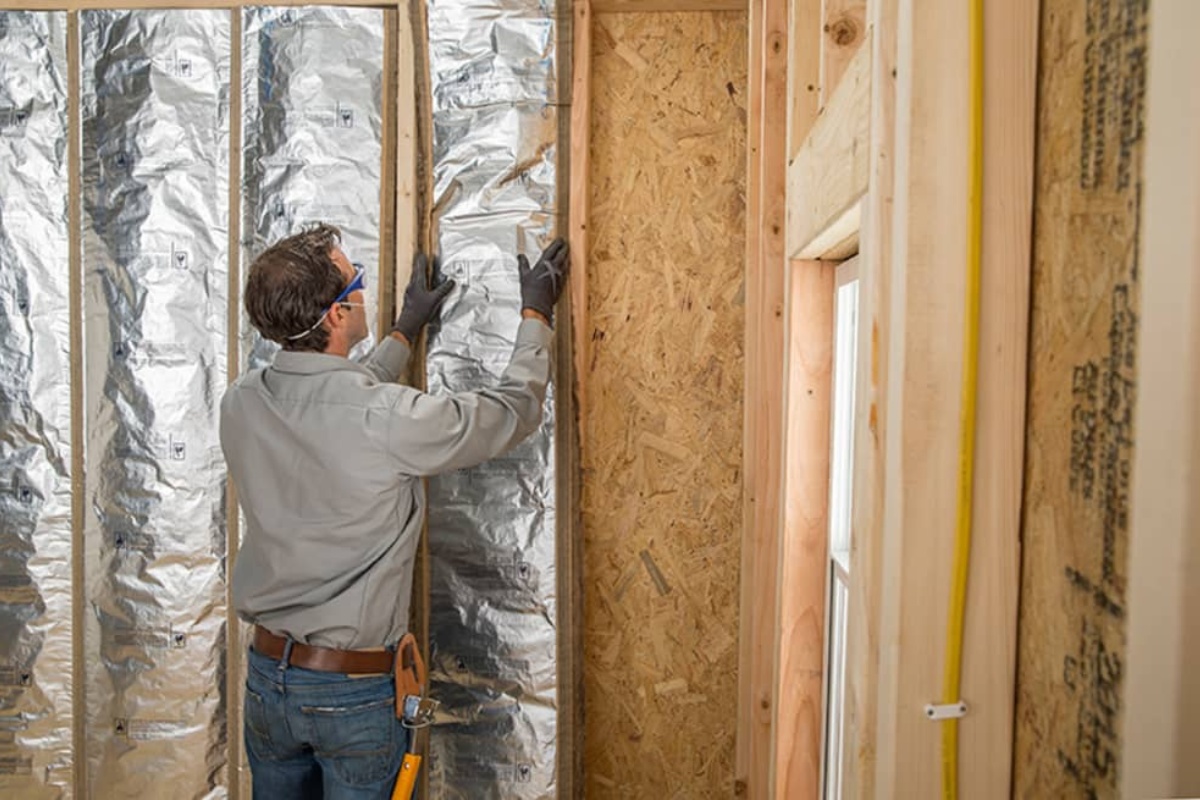
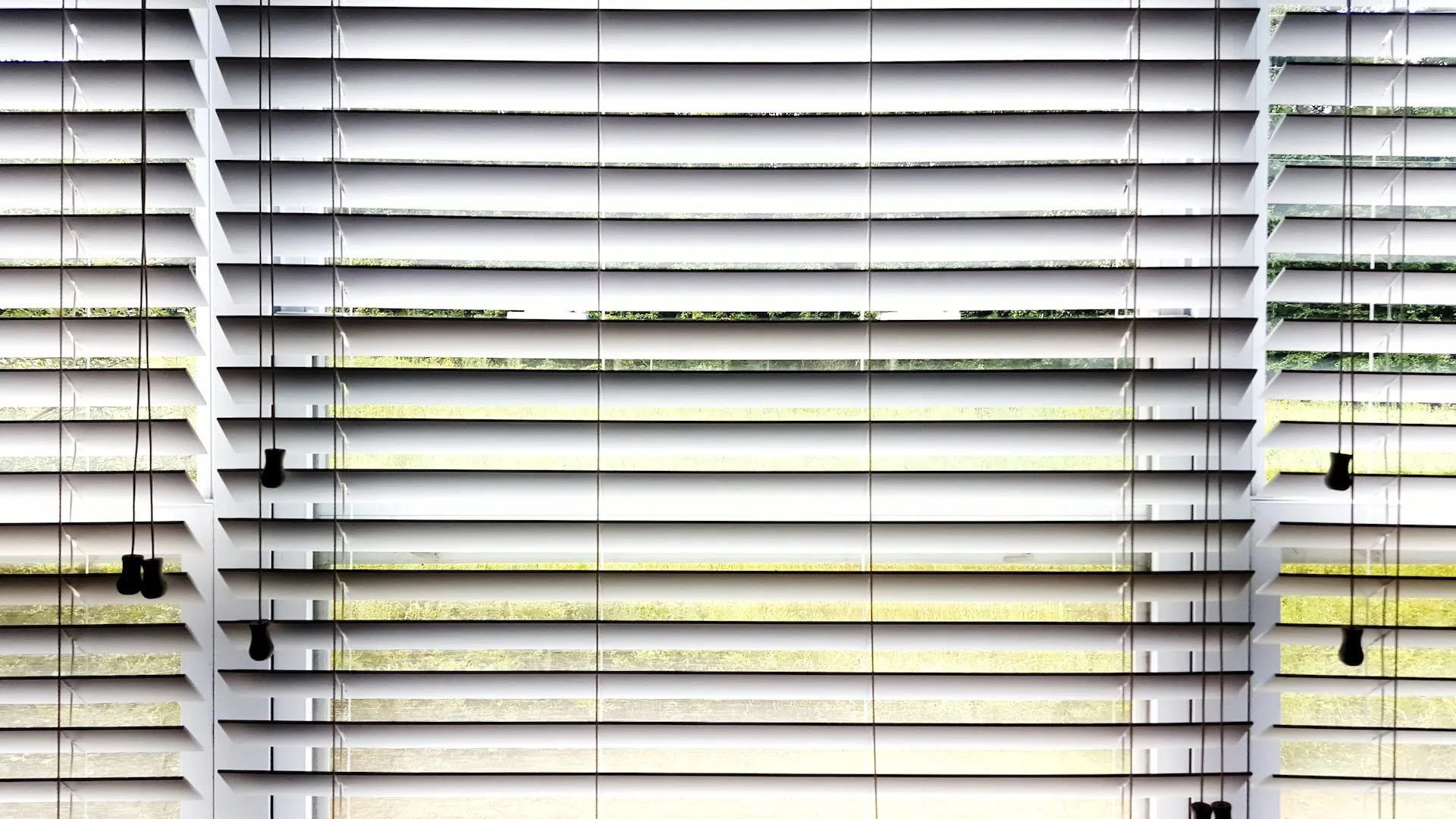


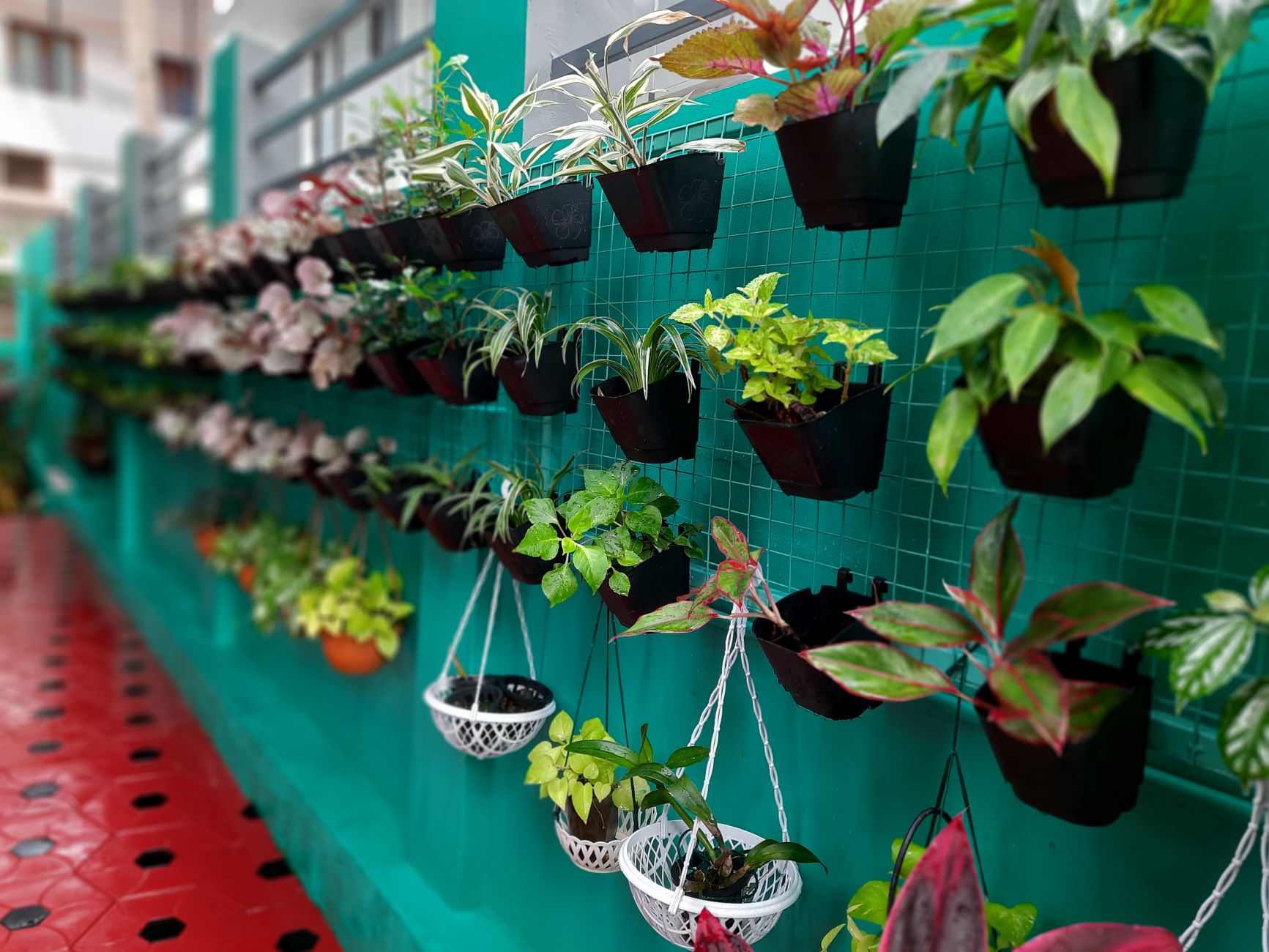

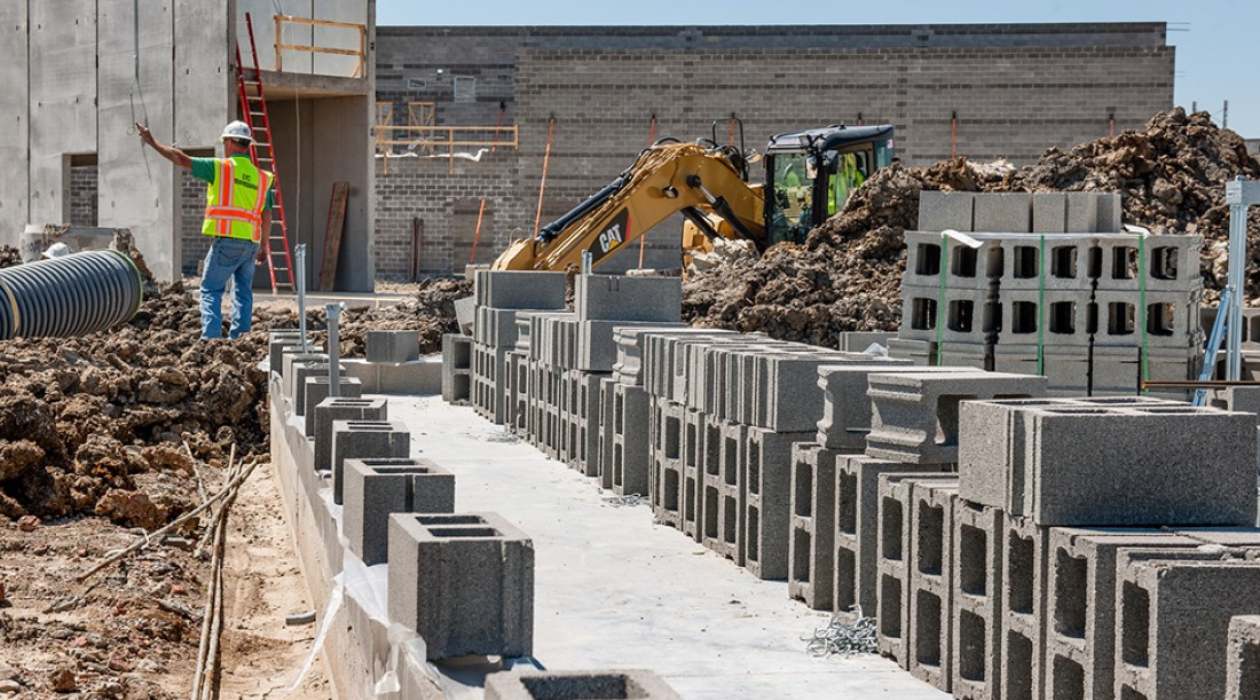
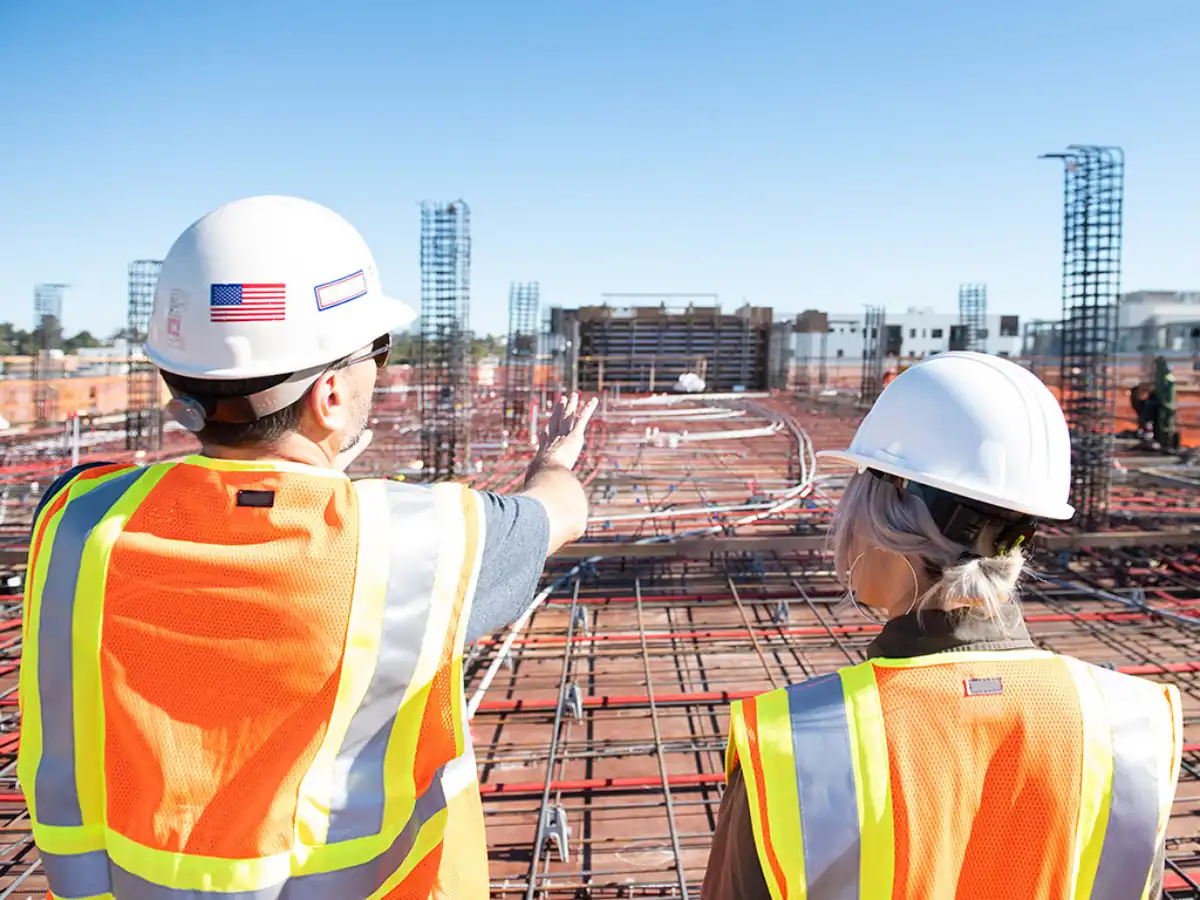


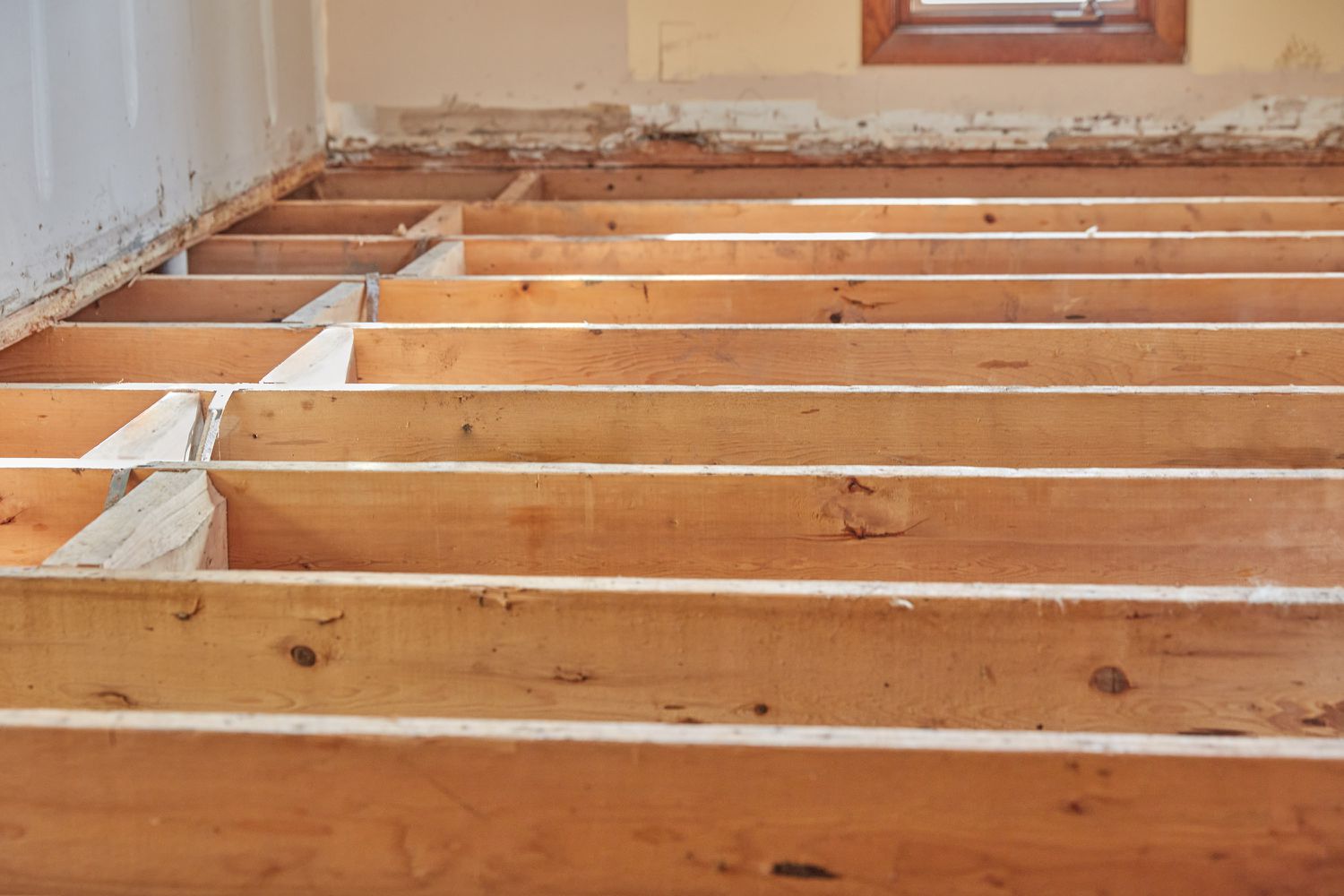
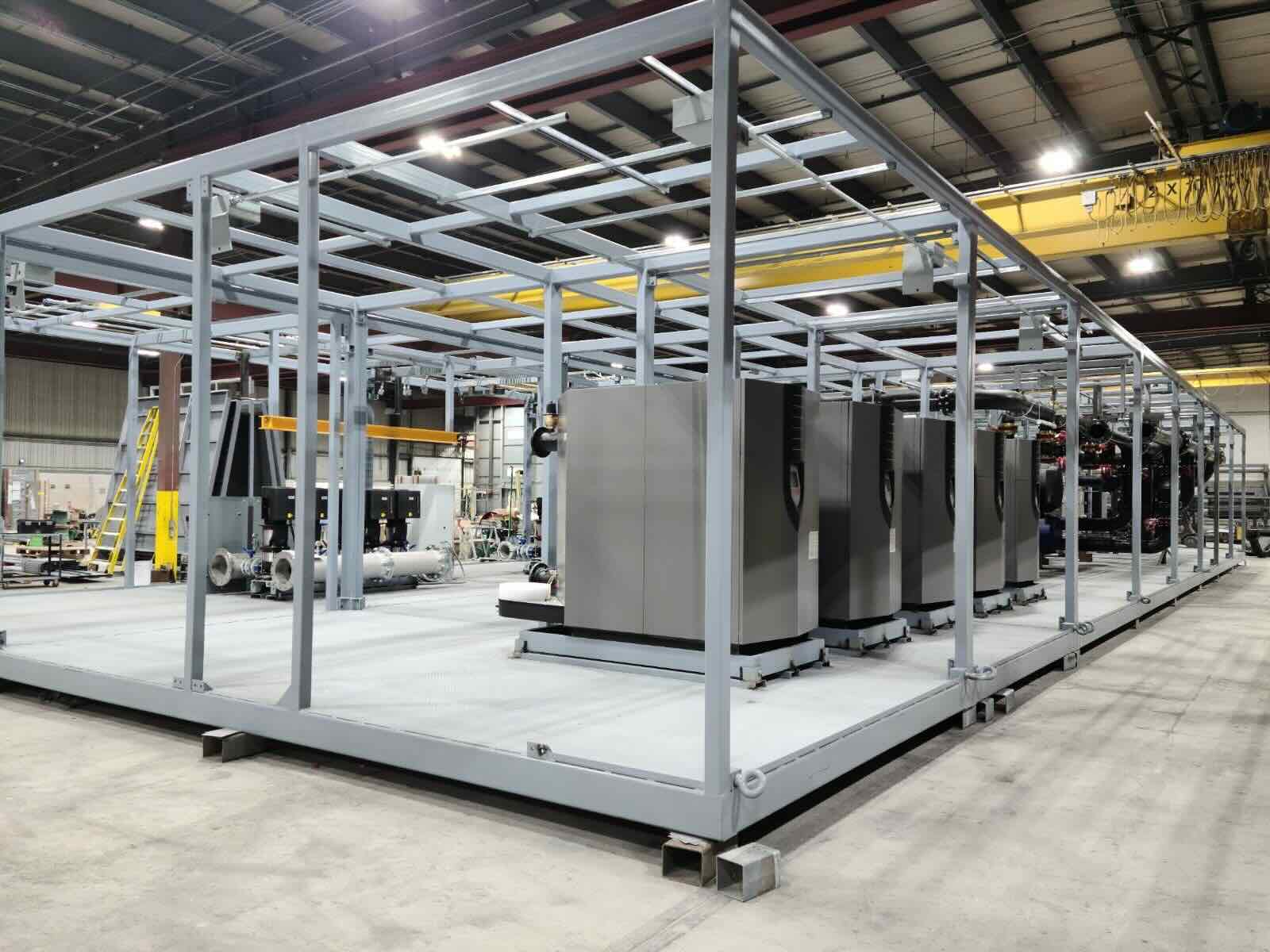

0 thoughts on “What Is Facing In Construction”